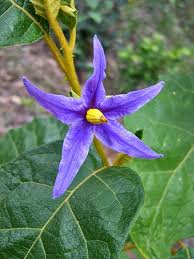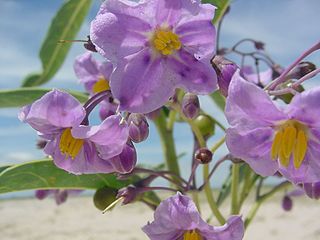Pre-cursor of active vitamin D made from plants is better than calcitriol
1,25-Dihydroxyvitamin D(3)-Glycoside Of Herbal Origin Exhibits Delayed Release Pharmacokinetics When Compared To Its Synthetic Counterpart.
J Steroid Biochem Mol Biol. 2012 Sep 26. pii: S0960-0760(12)00172-0. doi: 10.1016/j.jsbmb.2012.09.016.
Bachmann H, Offord-Cavin E, Phothirath P, Horcajada MN, Romeis P, Mathis GA.
Herbonis AG, Gellertstrasse 33, CH-4001 Basel, Switzerland. Electronic address: h.bachmann@herbonis.com.
Vitamin D requires two metabolic steps to become biologically active. In a first step 25-hydroxyvitamin D(3) is formed, which acts as storage form.
After a tightly controlled step in kidney the active metabolite 1,25-dihydroxyvitamin D(3) (1,25(OH)(2)D(3)) is formed. Because kidney is the relevant metabolic organ for this conversion, 1,25(OH)(2)D(3) needs to be supplemented in patients with kidney malfunction or kidney failure.
Synthetic 1,25(OH)(2)D(3) (calcitriol) has been available as a drug for decades .
Due to its high potency and its kinetic profile (fast absorption and rapid elimination) its therapeutic windows has proven to be relatively narrow.
A natural form of the active metabolite was identified in a few plants, such as Solanum glaucophyllum (SG) and suggested as alternative for animal and human health.


An extract of a SG variety bred for high and uniform level of glycoslated 1,25(OH)(2)D(3) was chemically characterized. Among the typical pharmaceutically inactive plant components (carbohydrates 54.3%, protein 24.9%, minerals 17.1% and water 4.1%) high levels of 1,25(OH)(2)D(3) and a unique flavonoid content was found (1.11mg total quercetin/g extract) consisting exclusively of the quercetin glycosides hyperoside, isoquercetin, rutin and apinosylrutin.
The molecular distribution of glycosyl moieties in 1,25(OH)(2)D(3) extracted from SG as determined by gel permeation chromatography was found to be 1 to 10 hexose units per aglycone. 1,25(OH)(2)D(3)-1-?-glucopyranoside was identified in the SG extract, while a di- and triglycoside have been identified in SG by other groups. The pharmacokinetic properties of synthetic 1,25(OH)(2)D(3) and glycoslylated 1,25(OH)(2)D(3) extracted from SG were compared in male rats. When compared to synthetic 1,25(OH)(2)D(3), SG-derived 1,25(OH)(2)D(3) exhibited delayed absorption and elimination characteristics, resulting in
delayed T(max) (6-12 hours vs. 1 hours) and
increased T(½) (approximately 30 hours vs. 23 hours).
This putative modified release pattern may be attributed to the glycosylation of herbal 1,25(OH)(2)D(3) because de-glycosylation by ubiquitous intestinal enzymes prior to intestinal uptake of the aglycone appears to be the rate limiting step.
In effect, 1,25(OH)(2)D(3) of herbal origin behaves like a precursor of calcitriol, resulting in a wider therapeutic window and thus better pharmacological tolerance.
PMID: 23023100
Summary – based on rat: plant-based vs calcitriol
Time delay from taking till maximum result in body: 6-12 hours vs 1 hour
Half life (time till reduce to 1/2 the maximum) 30 hours vs 23 hours
See also VitaminDWiki
Solanum glaucophyllum (a purple flower) produces active vitamin D3 later publication by many of the same authors
Get active vitamin D by eating Solanum Glaucophyllum leaves – Sept 2013
Calcitriol category listing has items along with related searches
